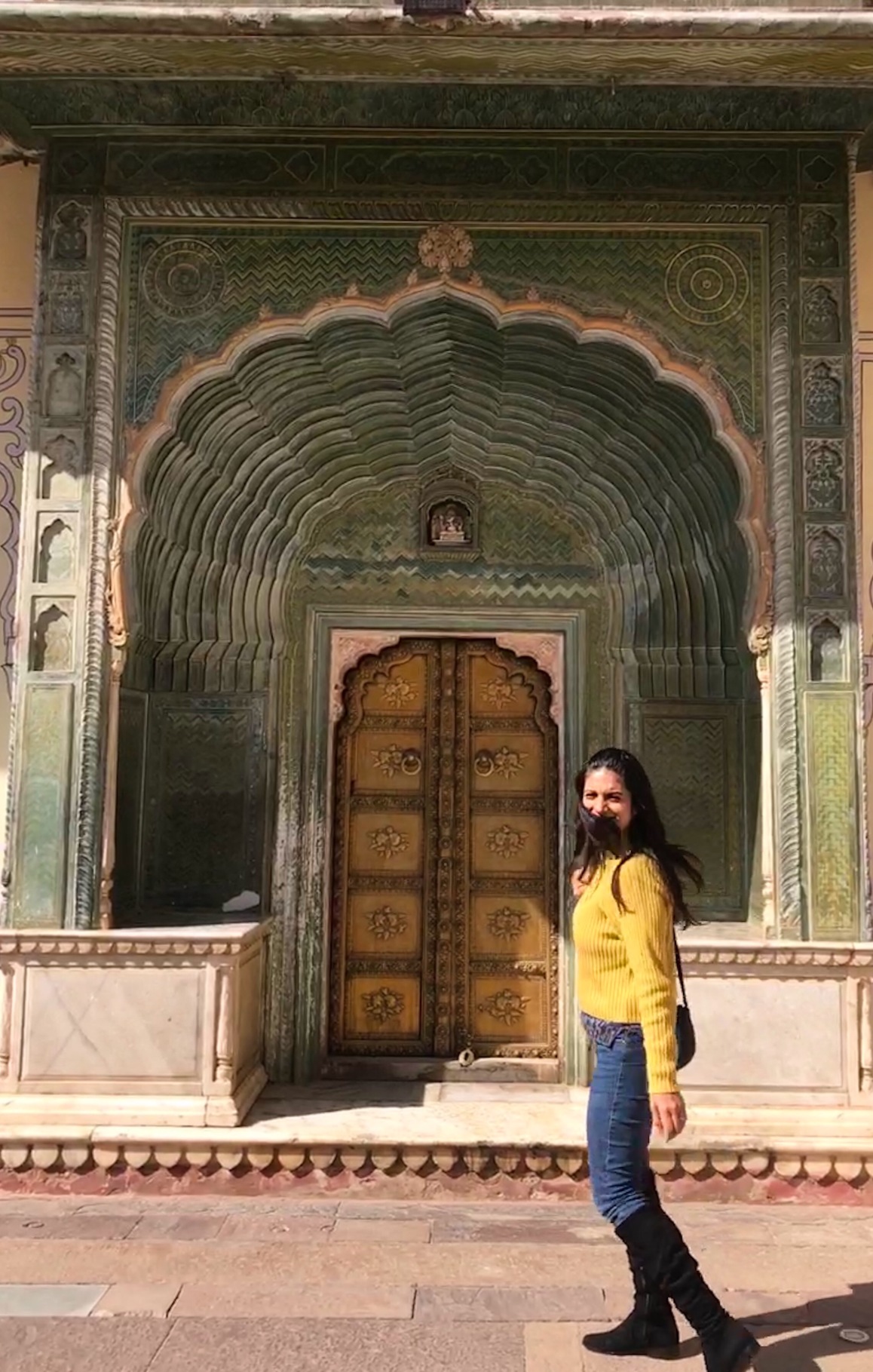As the feminist re-telling of the Mahabharata, Divakaruni’s work stands out distinctly amongst the scores of adaptations and renditions of the ancient Hindu epic.
Set in a deeply patriarchal society, this is the story of Drapuadi – a fiery, outspoken and fearless princess who, despite all her virtues and achievements, was known and remembered only for her vengeful and manipulative nature.
The Mahabharata is complex, with characters, episodes and incidences that overlap and/or stretch for over decades together, but Divakaruni’s story-telling is masterful. Her writing flows beautifully and effortlessly, allowing the reader to absorb, pause and reflect.
Draupadi’s perspective unfolds in a way that the reader is fully invested in her cause and immersed in her narrative.
Draupadi (or Panchaali, her favoured name), is by no means someone who can be defined or described in a sentence. Divakaruni urges the reader to empathise with this character’s multi-layered persona – even her pride, and her all-consuming thirst for revenge. Panchaali, is strong-wiled and isn’t afraid to put her needs and desires first – qualities that may not be necessarily likeable, but are certainly relatable, especially for the modern woman.
In a society where polygamy was the norm and royals or noblemen were accustomed to taking many wives, Panchaali was constantly chastised for marrying the Pandava brothers. This, despite the fact that it was never her own choice or intention.
In the ‘PG-rated’ version of the televised Mahabharata in the 80’s (which I watched as a child), I always thought of Panchaali’s character as only the victim of dubious situations – such as her mother-in-law declaring that she must marry all five of her sons instead of one, or her husbands ‘losing her’ to the villains in a wager of chess. It was only now, I realized that Panchaali was made to take turns to live with each brother for two years as a wife and repeat this cycle for the rest of her life. Little wonder then, she was never in love with any of her husbands.
As cringe-worthy this situation may be, I realized where some of her motivations came from and why she was considered to be cold-hearted. Could I blame her, after being passed around by all the brothers, each of whom had wives and children of their own, on the side? It was unfair that she was made to live such a strange and loveless existence, as ordered by her mother-in-law.
The antagonists, Duryodhan and Karna, had their ego bruised by Panchaali in public, which why they took the first opportunity to humiliate her. The public disrobing and shaming of Panchaali is the crux of the story of Mahabharat, making her the all-important character in the great epic.
After her public humiliation, she used her position as wife to five of the greatest warriors in history, to rally them against those who insulted her. She made sure the fires of vengeance burned brightly in them for twelve long years, in exile. She appealed to their sense of duty and justice, reminded them that her dishonour was theirs too and systematically propelled them towards the greatest war that mankind had ever witnessed. Manipulative? I call it being human.
Divakaruni makes the reader root heavily for Panchaali right till then end, when she is finally united with her soul-mate – Karna, in after-life. Her inexplicable draw towards Karna, her husbands’ half-brother and arch enemy, made for one of the most compelling and intriguing parts of the book.
The book ends in the aftermath of the war, where Panchaali was repentant for the war, having lost her beloved brother and her own sons in battle. As she ascends the mountains along with the Pandavas on their Final Journey, Divakaruni pens some poignant words which stay with the reader long after finishing the book – those of duty, sacrifice, family and vengeance but most of all, of love.


